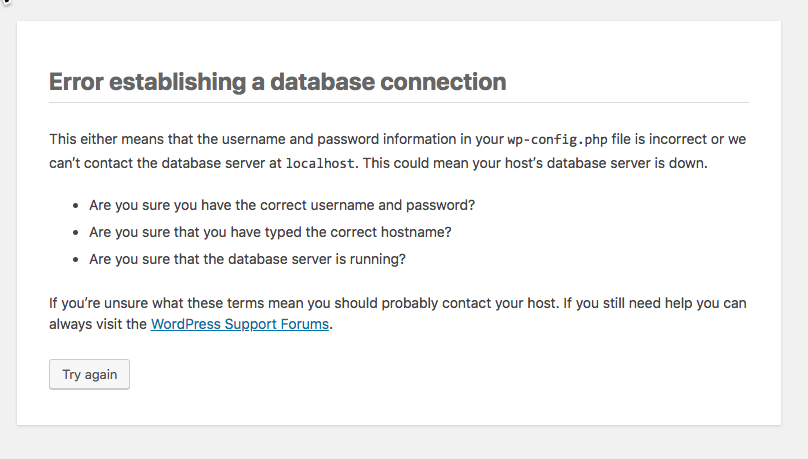After attending WordCamp Mumbai this year, I decided to keep attending more WordCamps throughout India. As luck would have it, Ahmedabad was just around the corner and I did my booking. WordPress is also used as a quick fix for landing pages in advertising, and hence I thought it would be a good exercise for Harshaja to attend, hoping that she meets some competent (and affordable) WordPress agency to handle the development side of things at 13 Llama‘s end. That, and the super interesting schedule that Ahmedabad had put up.
Getting to Ahmedabad
We chose to take the early morning flight to Ahmedabad. That just meant that the day of the event would be super long for us. Since we hardly knew any folks in the city, this was an easy decision to make. I personally wanted to stay and do some site seeing in this city, but no harm – we could always hop by on one of our annual trips to Vadodara.
The flight was short and getting off the airport and into the cab was one of the smoothest exits we have had. Carrying everything in an overnight handbag does have its advantages!
Venue: Babasaheb Ambedkar Open University
One of the supercool things that struck me during this event was the way Babasaheb Ambedkar Open University (BAOU) was setup. Within a 30 minute drive from the airport, the venue is a sprawling university campus that had access to multiple halls, classrooms, and a great open space where the attendees could congregate in.
I honestly cant imagine the cost of such a large sized venue in Mumbai.
Attendees
We thought that instead of checking-in at the hotel, we would directly attend the event and during the breaks in the afternoon do a quick run to the hotel and finish the checkin process. Thus we directly stopped over at the BAOU campus.
At a little bit earlier than 8am, I was expecting the organizers to be just about gathering and deciding on how they want to execute the rest of the day. To my surprise, there was the beginnings of a crowd already gathering.
What ended up as a small crowd quickly grew to a large congregation, with over 1100 attendees, the WordCamp Ahmedabad 2023 was the second largest WordCamp in Asia, second only to WordCamp Asia!!
I could not help but compare this large audience to what we had in Mumbai. This was more than double the audience of Mumbai and then some!
Talks and Speakers
One thing that always strikes me is that every WordCamp I learn something new. Something that helps me in the future years. Even this time, one of the highlights of the event was the last talk by Nirav Mehta. This one was on public speaking and one of the reasons why I had made sure that the both of us were there to attend.
Some of the other notable talks were on Link Building by an agency owner, Custom Blocks by Amartya Gaur, Yoast’s acquisition by Chaya Oosterbroek. It’s uncanny that even when my functional domain has completely changed, I still took a bunch of learning back from the event!
Ahmedabad, you beauty!
As the day came to an end, I could not help but get overwhelmed with the vibrant PHP developer community that I could see in Ahmedabad. It’s definitely larger and more vocal than the Mumbai community and thus would always be one of the factors for us if we were to open a secondary development office. In fintech, I am seeing more companies shift their technical operations to T2 and T3 cities like Ahmedabad and how!
આવજો






